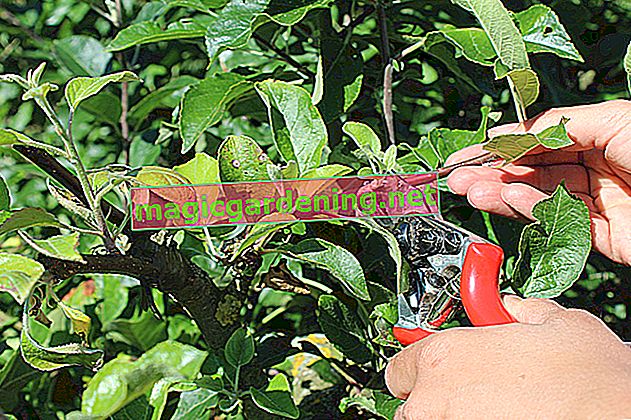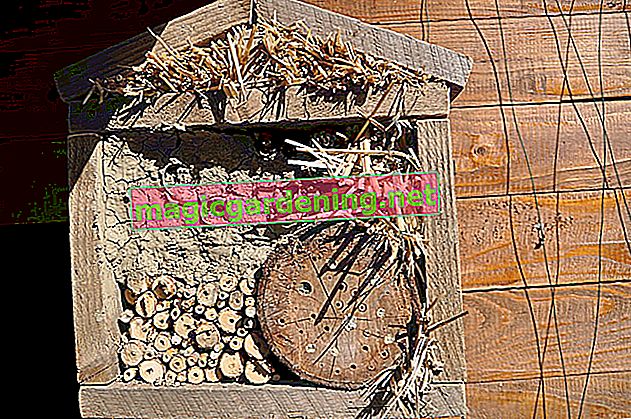
The annual pruning of standard currants
- Remove old branches
- Cut out bare and weak shoots
- Thinning out the crown
- Cut the high trunk into shape
The best time to cut
It is best to cut tall trunks in early spring, just after the last days of frost.
also read
- Cut a standard currant correctly
- Proper pruning ensures rich nashi harvests
- The correct pruning of the firethorn
Pruning shears or loppers are suitable for cutting back, depending on the thickness of the branches.
Let annual shoots stand
Cut off any old shoots. Most of the sweetest fruits grow on the young branches. It is better to remove only weak or too dense young shoots.
First, all the branches hanging down are cut off so that only the annual branches remain on the high trunk.
Then all upright branches that are bare are removed directly at the base. You can recognize such shoots by the fact that any existing buds feel dry. By cutting it out, you will encourage the formation of new branches in the next year.
Thinning out tall trunks
You should thin out weak shoots in the crown. They take unnecessary strength from the plant and only produce a few berries themselves. This also applies to young shoots that grow across the crown.
By thinning out, you ensure that the fruits on the main shoots get enough sun. You can then harvest larger and sweeter currants.
Cut the redcurrant stem into shape
With shrubs, the shape is not as important as with standard trees. They are popular because they look so decorative in the garden.
Shorten any branches and twigs that grow too far up or to the side so that the tall trunk retains its compact, even shape.
Tips & Tricks
Make sure that you only use clean, sharp scissors. The cuts must be made precisely so that the wood does not tear. Diseases nestle in the cracks. Also make sure that the scissor blades are completely clean so that you do not transfer fungal spores from other plants to the currant.








